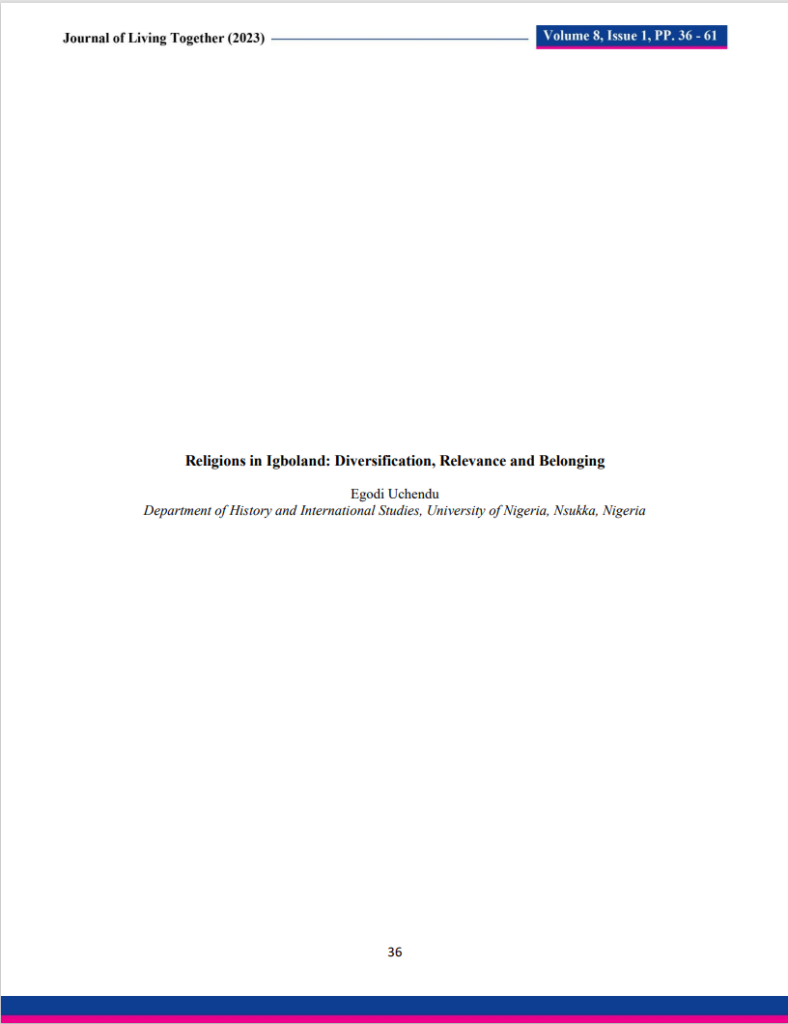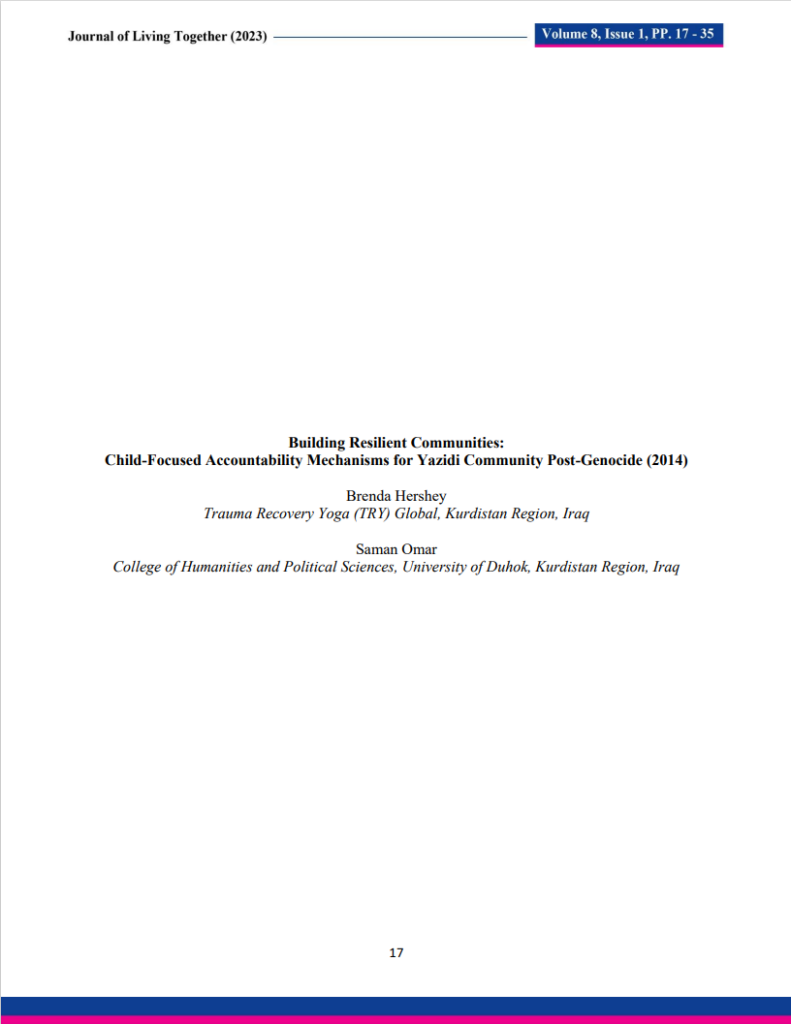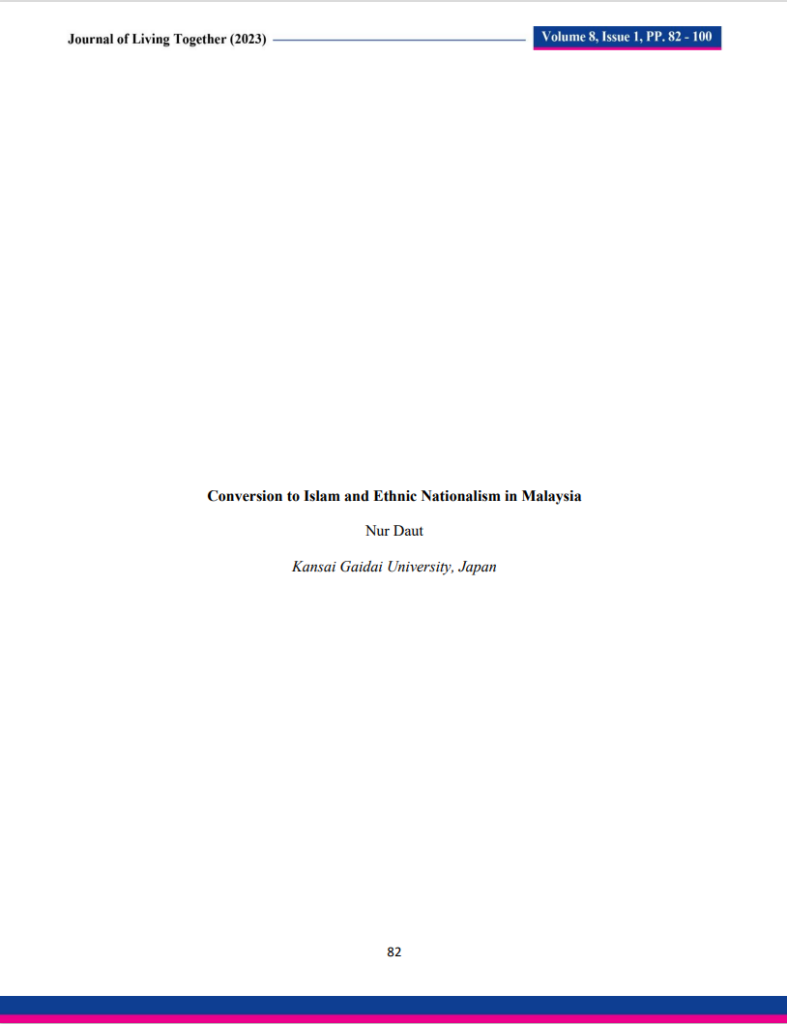Statement of International Center for Ethno-Religious Mediation to the Ninth Session of the United Nations Open-Ended Working Group on Ageing
By 2050, more than 20% of the world’s population will be 60 years of age or older. I will be 81 years old, and in some ways, I do not expect the world to be recognizable, much as it was unrecognizable to “Jane”, who died in February at the age of 88. Born in a rural area in the United States at the start of The Great Depression, she shared stories of limited access to running water, rationing supplies during World War II, losing her father to suicide, and her sister’s death from heart disease a few years before open-heart surgeries were introduced. The US Women’s Suffrage Movement occurred between Jane and her three sisters, granting her more independence and opportunities, yet she was also exposed to quid pro quo sexual harassment in the workplace, financial abuse at home, and institutionalized sexism in the courts, when seeking child support from her ex-husband.
Jane was not deterred. She wrote letters to her government representatives and accepted help from family members, friends, and community members. Eventually, she got the support she needed and the justice she deserved. We must ensure all people have equal access to such resources.
Autonomy and Independence
In the US, most states have guardianship laws that protect older persons’ autonomy and independence by providing court evaluation of any restrictions on these rights. However, there are insufficient protections when the elder voluntarily assigns or shares certain rights, such as through Powers of Attorney (POA) designating an Attorney-in-Fact (AIF) to make decisions regarding real property, tangible personal property, investment, and other financial transactions. Typically, there is only challenge to such transactions, where abuse and incapacity can be proven, and most families lack specific education to recognize the signs of abuse.
One in six people over the age of 60 are suffering abuse. As in most cases of abuse, the victim is most vulnerable and easiest to control when isolated from support systems, education, and other social development services. We must do a better job of integrating our elder citizens in our families, residences, schools, workplaces, and communities. We must also improve the abilities of those who encounter ageing adults, so they might recognize signs of abuse and opportunities to improve the lives of marginalized people of all backgrounds.
Two days before Jane’s death, she signed a Durable POA that gave a family member legal authority to make decisions for her. The AIF did not understand that her powers were limited to decisions made for the benefit of Jane, and she planned to “spend down” the majority of Jane’s assets. The AIF was trying to qualify Jane for asset-dependent government assistance, ignoring Jane’s ability to pay for her care and her expressed desire to return to her home. The AIF was also trying to preserve the assets of the estate, of which she was a beneficiary.
Knowing Jane’s home state had mandatory reporting requirements, when certain officials become aware of potential abuse, one of Jane’s family members notified authorities of 11 suspicious signs of abuse. Despite the mandates, no action was taken. Had Jane not died so soon after the POA was signed, the AIF would likely be under investigation for Medicaid Fraud and Elder Abuse.
We will never know how well the law would have protected Jane’s rights to autonomy and independence. Yet, as our populations age, there will be more stories like hers, and it is unlikely we can rely solely on the Rule of Law to protect elders like Jane.
Long‐Term Care and Palliative Care
Jane benefited from modern medicine and beat cancer three times. Yet she also had to battle her insurance carriers, medical team, provider billing departments, and others for everything from the treatment she needed to respect for her resilience and mental competence. After she retired, she volunteered for 18 years at a homeless shelter for women, cared for younger family members, and continued to lead her family and household, yet she was often treated as though she should be grateful for her long life, rather than seeking continued treatment for her various ailments. By the time she was rushed into one surgery, her gall bladder had been perforated by gall stones that had been accumulating for approximately 10 years—while her medical team dismissed her stomach complaints as part of “old age”. She recuperated and lived nearly three more years.
It was a relatively minor fall that resulted in Jane’s last rehabilitation center admission. She had fallen in her home, where she lived independently, and sustained a fracture of the smallest finger on her right hand. She joked with one of her daughters about how she needed to learn to walk in her new shoes. As she left the surgeon’s office, where she underwent the recommended consultation, she fell and fractured her pelvis, but she was expected to return to her baseline condition after a few weeks of physical and occupational therapy.
Jane had previously recovered from breast cancer, radiation and chemotherapy, a pneumonectomy, partial hip replacement, gall bladder removal, and total shoulder replacement—even when anesthesiologists over-medicated her and collapsed her only lung. So, her family members expected a far better recovery than before. Neither they nor she began planning for the worst, until she developed two infections (that could have been prevented). The infections were resolved, but they were followed by pneumonia and atrial fibrillation.
Jane’s family could not agree on her care plan. Although she retained the mental and legal capacity to make her own decisions, discussions occurred for weeks without her or her medical surrogate. Instead, her medical team spoke occasionally to the family member who later became the AIF. The plan to admit Jane to a nursing home—against her will but for the convenience of the AIF—was discussed in front of Jane as if she were not present, and she became too perplexed to respond.
Jane had assigned rights to someone not experienced in analyzing the complex insurance policies that covered her treatment, who was ignoring her wishes, and who was making decisions primarily for personal benefit (and under the stress of exhaustion or fear). Better medical directives, due diligence on the part of the rehabilitation center, and required training of the AIF might have made a difference in Jane’s care and preserved family relationships.
Looking Ahead
The International Center for Ethno-Religious Mediation (ICERM) is committed to supporting sustainable peace in countries around the world, and that will not occur without our elders. Consequently, we have established the World Elders Forum, and our 2018 Conference will focus on Traditional Systems of Conflict Resolution. The Conference will include presentations from traditional rulers and indigenous leaders from around the world, many of whom are older persons.
Additionally, ICERM provides training and certification in Ethno-Religious Mediation. In that course, we discuss cases in which opportunities to save lives were missed, in part due to the inability of people in power to consider others’ worldviews. We also discuss the shortfalls of resolving disputes with only the involvement of Top-Level, Middle-Range, or Grassroots Leaders. Without a more holistic, community approach, sustainable peace is not possible (see Goal 16).
At ICERM, we encourage and empower dialogue among groups that appear different. We invite you to do the same, throughout this ninth session of the Open-Ended Working Group on Ageing:
- Consider others’ world views, even if you disagree with them.
- Listen with the intent to understand, adding no argument or challenge.
- Focus on your commitments and how to fulfill on them without depleting others’ goals.
- Seek to empower our ageing citizens, amplifying their voices not only to protect them from abuse, but also to tailor solutions to their actual wants and needs.
- Look for opportunities that allow as many people as possible to gain.
There might be opportunities to reduce high unemployment rates with paid family caregiver benefits. This would allow health insurance carriers (whether funded privately or by taxes allocated to single-payer programs) to reduce costs of assisted living, while providing jobless persons with income. This is especially important to Goal 1, considering that the worldwide majority living in poverty are women and children, often in rural areas. We also know that women provide the most unpaid services, typically in households, which might include elder relatives, in addition to children. This could advance Goals 2, 3, 5, 8, and 10 as well.
Likewise, we have record numbers of young people lacking mentors and parental figures. It might be time to rethink our educational systems, allowing lifetime learning, both of academic subjects and life skills. Our schools often focus on short-term, test-centered “learning” that qualifies students for college. Not every student will go to college, but most will need skills in personal finance, parenting, and technology—skills many ageing citizens have, yet might want to enhance. One way to improve understanding is to teach or mentor, which would allow elder students to exercise their brains, build social connections, and maintain a sense of value. In turn, the younger students would benefit from new perspectives, behavior modeling, and leadership in skills such as technology or new math. Further, schools could benefit from additional adults on hand to reduce undesirable behaviors from young people still determining who they are and where they fit in.
When approached as partnerships among parties with compatible, if not similar interests, additional possibilities arise. Let us open the conversations that help us determine the actions to make those possibilities our reality.
Nance L. Schick, Esq., Main Representative of International Center for Ethno-Religious Mediation at the United Nations Headquarters, New York.



